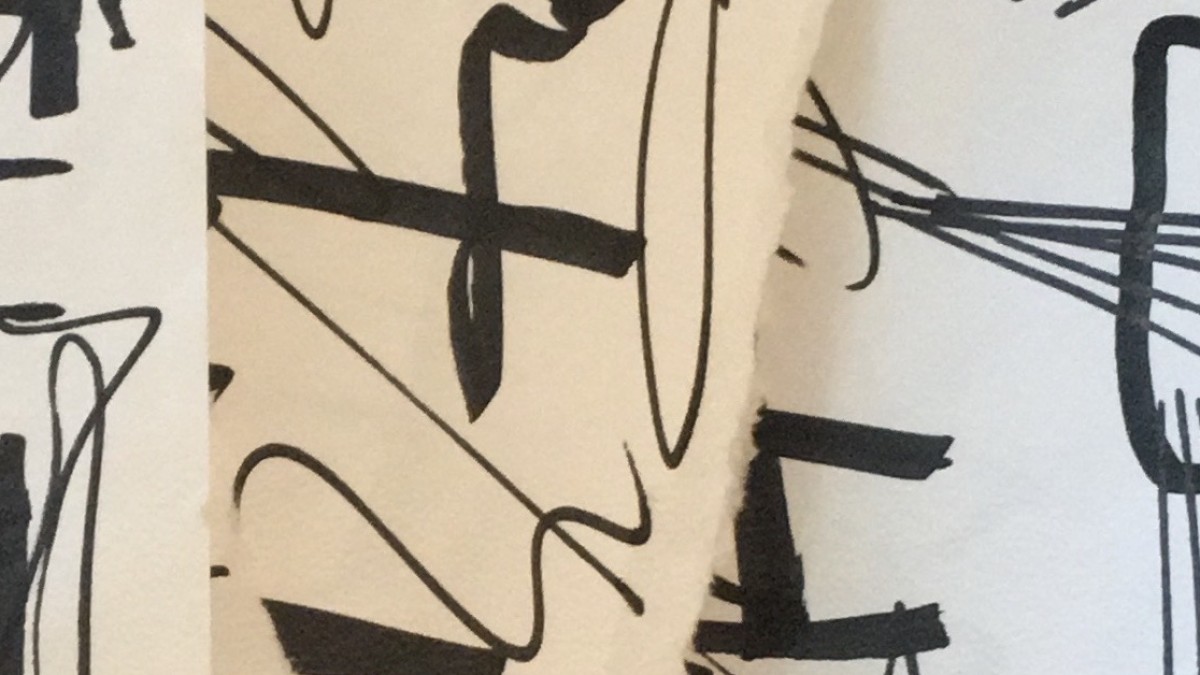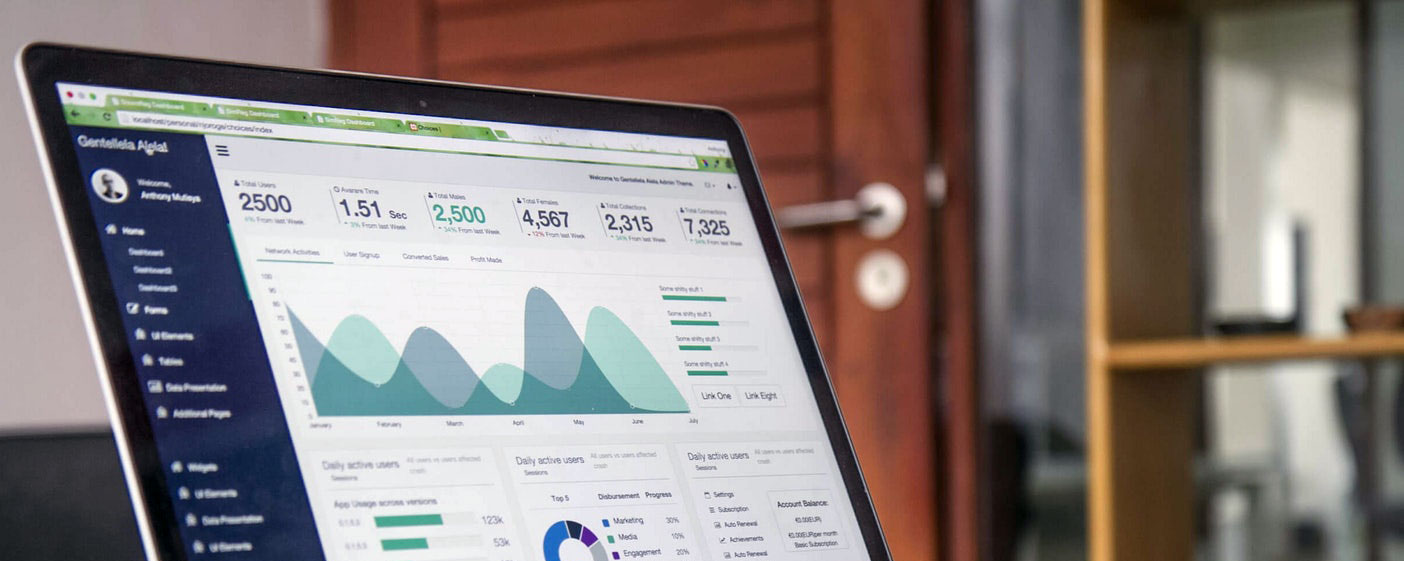Art as Therapy

It’s NOT about creating a masterpiece that you get judged on. And it’s NOT about digging into trauma. But it's been proven to be highly effective.
Formal Art therapy is NOT about creating masterpieces that you'll be analyzed and judged on. And it’s not about digging into trauma. It recognizes that when words fail us, the brain can empty its overwhelming and incoherent emotions and thoughts through the most basic creative expressions like doodling, smearing paint, drawing wildly all over a paper etc..
Once the brain "dumps" its emotions and tensions, we feel like we can breathe and have access to "normal" thinking again. It has been proven to be highly effective for healing emotional and mental pain and trauma, reducing anxiety, depression and transforming lives.
In these unprecedented times, most of us can benefit from using art as therapy.
According to research and our own personal experiences, most of us - and the vast majority on the planet - are showing signs of PTSD, high anxiety, depression and despair and are hovering in functional freeze mode. At least some of the time. It's a state of feeling shocked to the core where even little things can take a lot of effort.
We may be feeling frustrated, lonely, can't get motivated and have little energy.
It's a shut-down response of the nervous system to the relentless fear-mongering, separation and traumas we have been subjected to over the last years.
If you want to use art to help you have more fun and energy again, you don't necessarily need a licensed therapist.
You can do it for yourself by establishing a creative habit. Even if it's just minutes a day.
Find a simple, enjoyable way to create that lights you up. And you feel alive and joyful, yet calm and balanced.
If you want to go deeper with it and gain lasting results, you can take the guidance and help preferably from artists who have gone through it, and offer creative courses that focus on taking you home to your natural calm and joy.
If you haven't had personal experiences of how well making art works to reset the brain into balance, you probably want some proof before considering it.
Some years ago I came across a Harvard study that showed the brain scans of 2 groups of people before and after one group meditated and the other group engaged creatively.
Within 20 minutes the brains of those who were creating something, were mostly balanced and relaxed. Whereas - with very few exceptions - the meditators took much longer to achieve comparable, but often lesser, results.
That’s not surprising. Just imagine your mind is racing like an Indie race car on steroids and your body is vibrating in frozen overload. Then you are supposed to sit still and “empty your thoughts”.
That might work for some. But doesn’t it sound like a recipe for further frustration for most of us? Many people say they end up feeling like a failure and beat themselves up even more.
On the other hand, for thousands of years, creating has been the most natural and soothing way to deal with stress and trauma without digging deeper into it.
Art as formal therapy emerged in the 1940s. And some studies confirmed its effectiveness.
However, it is only in the last decade that more and more extensive studies have proven its wide range of healing. Especially in treating children and adults who have experienced trauma, are undergoing cancer treatments, have ADHD, are autistic or live in nursing homes.
Art as therapy has therefor gained recognition.
Despite lots of scientific proof, there is nothing like personal experience as proof.
This is my personal story, my research and the solutions I found.
Even though I have created my whole life and I need it like food and water, when I was catapulted into at times excruciating pain, high anxiety and severe panic attacks after unfavorable reactions to anesthesia, I first researched medical and traditional ways to get out of my situation and back to "normal". It was a dead-end.
Meanwhile, creating digital art was my life line. But I felt like it wasn't the "right" kind of creating. While it provided distraction and some relief, it didn't solve the problems I had. So I started looking into why making/creating with the hands (vs. computer) seemed to impact my brain much deeper. It felt like there was some sort of rewiring going on.
Turns out, that the brain does, in fact, build new neurological pathways for calm and joy when we create with the hands.
To put it simply, when we create with the hands, the brain shifts into the pleasure giving center. That's why we experience inner calm, joy and satisfaction.
I continued my practical research by taking online creative courses (with and without Zoom elements). I observed others in those groups, their frustrations and feeling "not good enough".
To my amazement I realized that even though most people liked the courses and benefitted from them to a degree, their level of actually HAVING joy and getting maximum, lasting benefit was limited.
Including my own. In fact, I got even more agitated with some of the creative ways.
Others in the groups expressed the same thing.
I recognized and rectified 2 crucial things:
1.) When you are in pain - physically, emotionally or mentally - "normal" creating can get you even more agitated, anxious and frazzled.
You need totally simple ways of creating that bypass and neutralize the inner critic.
You can then deeply benefit from creating/doing something artsy.
2.) There are 3 pitfalls that prevent creating - and living - with sustainable joy.
As a result I came up with my proprietary 2 minute GOLDEN KEY method that makes those culprits jobless within less than 2 minutes. And I developed a series of very simple, playful ways to engage creatively. Most often while sitting in a recliner with a piece of cardboard on my lap.
I regained a foundation for the natural inner calm and joy that we are born with. And I can sustain it even during adversity.
It doesn't mean that there will never be anxiety or frustrations. It means that you can stay happy and relaxed inside, even if you are faced with challenges.
I put it all into the "Creative Joy" course so others can gain the same freedom.
It consists of short, simple, PLAYFUL methods of creating and my proprietary Golden Key method.
Together they bypass the inner critic and are highly effective in bringing you home to yourself again and restoring your natural inner calm and joy.
I invite you to check it out HERE. And read the comments from people who have taken it.
Your heart might sigh with relief just reading about it.
I encourage you to create, create, create. Give yourself permission to just PLAY, without judgment and with the curiosity and passion of a child that is let loose with some paper, pens, colors and paints. Don't have any agenda of producing art as a result. Let yourself experience creating as a process, as an experiment, as PLAY. That's when you get the most benefits. It frees your mind and uplifts your heart.
I'd love to hear from you.
Send me your thoughts and experiences HERE.
Thank you for being part of this creative journey.
Wishing you lots of HAPPY CREATING.
Monika
Resources:
https://www.verywellmind.com/w...
This is an excellent article with many sources listed, if you want to dig deeper into art as therapy.
Van Lith T. Art therapy in mental health: A systematic review of approaches and practices.
The Arts in Psychotherapy. 2016;47:9-22. doi:10.1016/j.aip.2015.09.003
https://en.wikipedia.org/wiki/...
https://pmc.ncbi.nlm.nih.gov/a...
https://www.psychology.org/res...
Books:
"Your Brain on Art".
Written by Susan Magsamen (founder and director of the International Arts+Mind Lab at John Hopkins) and Ivy Ross (Vice president of design at google).
"AWE. The New Science of Everyday Wonder and how it can transform your Life".
Written by Dachner Keltner (foremost expert on the science of emotions).
Categories: : inspirational stories
 Monika Astara Murphy
Monika Astara Murphy 
